Titanium 3D printing Cycling
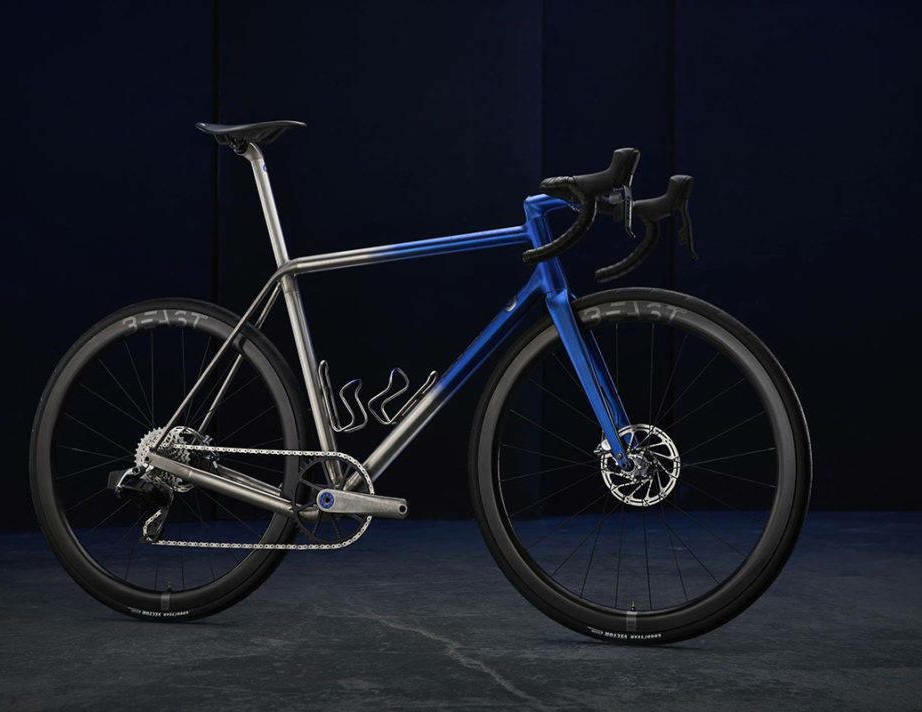
Advances in 3D printing technology have pushed titanium metal to the forefront of bicycle manufacturing, especially in the field of high-performance bicycles. Titanium 3D printed bicycles have attracted great attention for their light weight, high strength and excellent corrosion resistance. Titanium bicycle parts manufactured using 3D printing technology not only enable more refined structural designs, but also achieve unparalleled weight reduction and structural strength through optimized material distribution and wall thickness.
Table of Contents
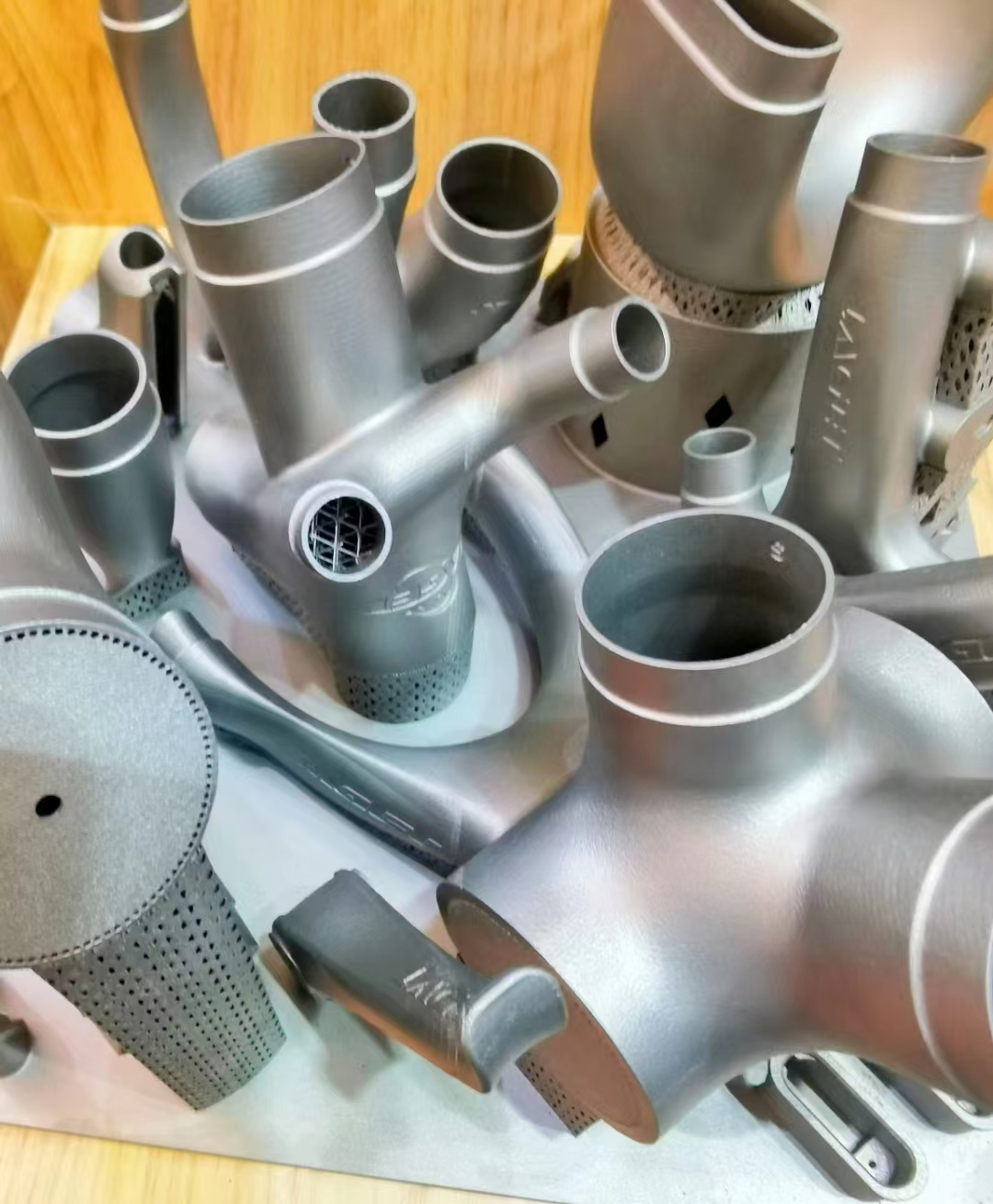
To save you time, we have also prepared a PDF version containing all the contents of this page, only leave your email and you will get the download link immediately.
3D printing bike parts
High-Precision Titanium 3D Printing: Custom Frames & Forks Guaranteed
Elevate your projects with our titanium 3D printing services. Our custom frames and forks are tailored to your needs and come with a limited lifetime warranty. Rely on JhTi for excellence and durability. Contact us today to learn more!
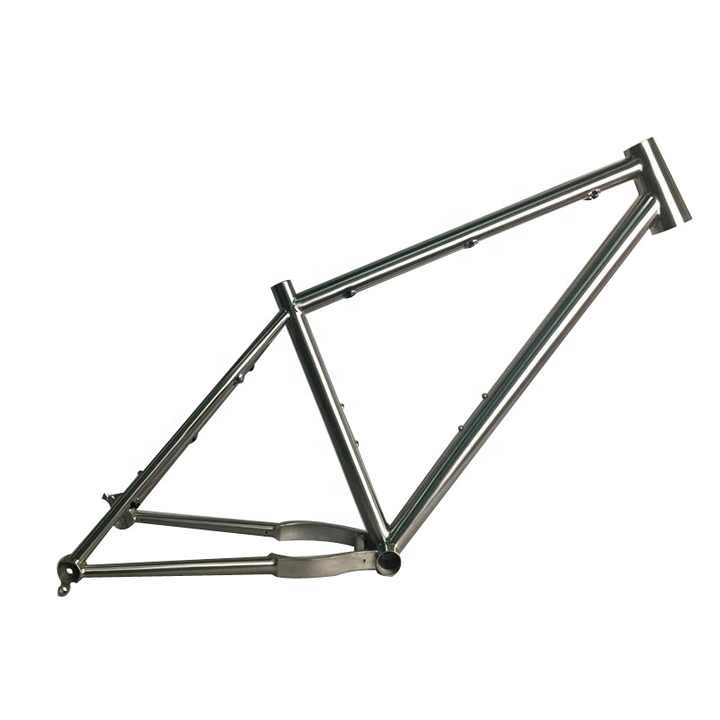
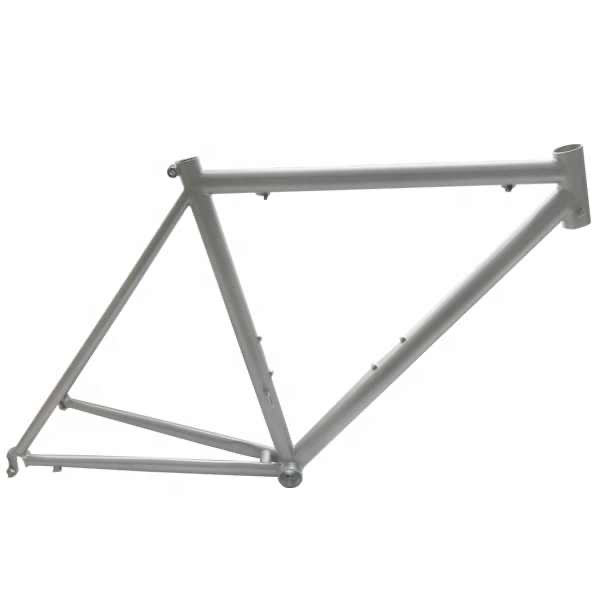
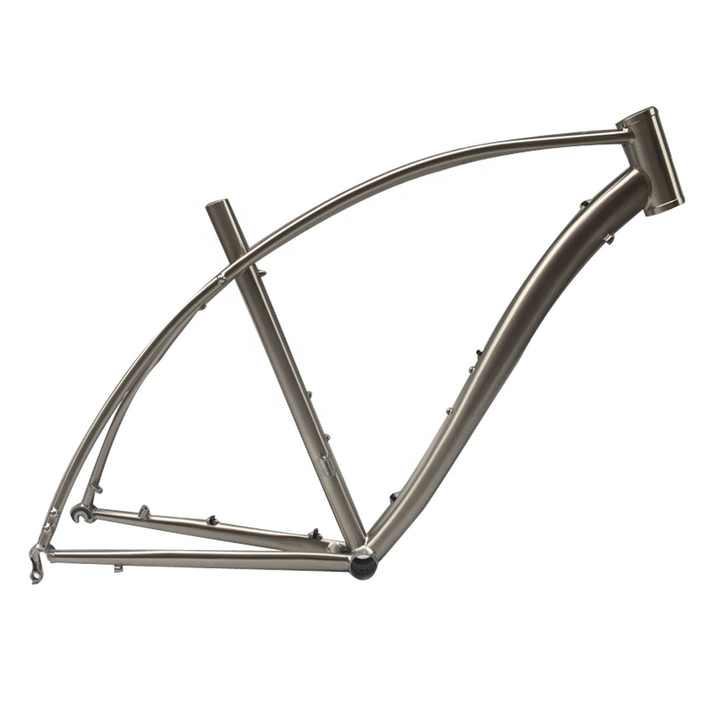
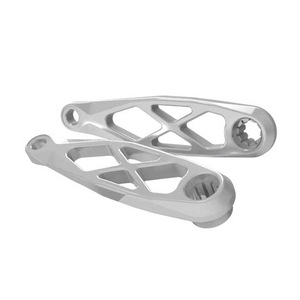
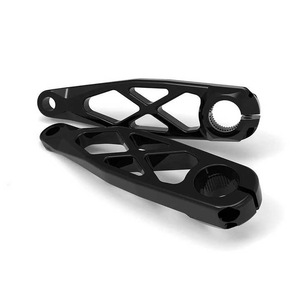
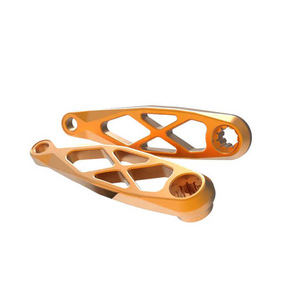
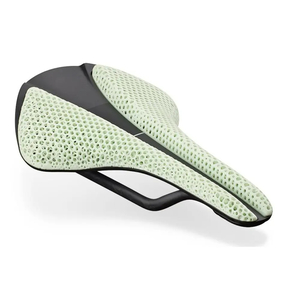
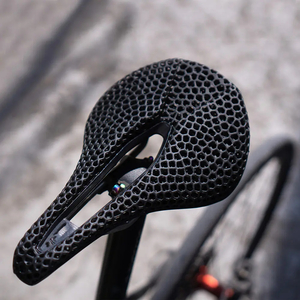
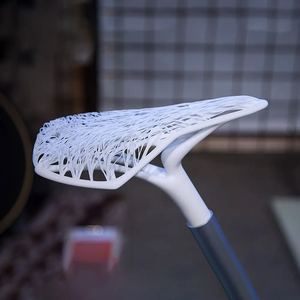
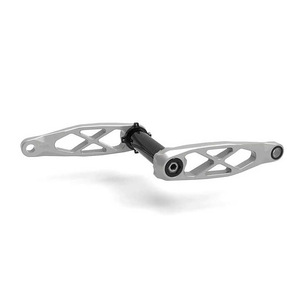
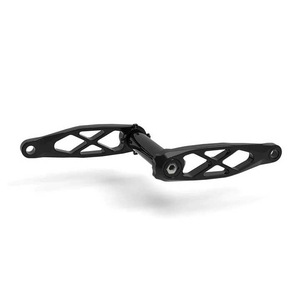
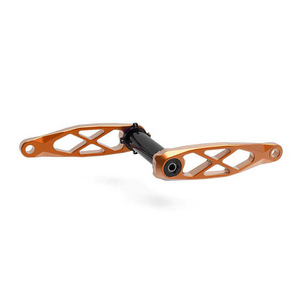
Application of titanium 3D printing technology in the bicycle field
lightweight manufacturing:
Titanium 3D printing technology enables lightweight manufacturing of parts, thereby improving the performance of bicycles. By using high-strength materials, such as carbon fiber, titanium alloys, etc., 3D printing technology can produce more complex and delicate parts, while reducing the use of materials and reducing the weight of the entire vehicle. For example, a 3D printed carbon fiber frame can be more than 30% lighter than a frame made by traditional processes, thereby improving the bicycle’s acceleration performance and climbing ability.
Customized production:
Titanium 3D printing technology can realize customized production and provide consumers with more personalized products. Through 3D scanning and digital modeling technology, data such as consumers’ body dimensions and riding habits can be converted into digital models to produce bicycles that more closely meet personal needs. For example, 3D printed customized frames can better adapt to consumers’ body dimensions and riding habits, improving riding comfort and performance.
Innovative design:
Corrosion resistance:
Why Choose Titanium
Accelerate design iteration and improve production efficiency
For consumer goods, shortening the production cycle will speed up the brand’s response to the market. In the product design and development process, 3D printing can especially meet the rapid iteration of design prototypes. It not only brings design freedom to titanium alloy bicycle parts, It can also speed up the pace of product launch.
Traditional methods require multiple processes such as precision casting, CNC machining, wire cutting, welding, correction and surface treatment. 3D printing can realize the integrated formation of complex structures of titanium alloy bicycle parts, saving materials, reducing costs, and avoiding the problems caused by welding of complex structures. Potential risks, such as deformation, fatigue damage caused by welding residual stress, inaccuracy of threaded connections, etc.
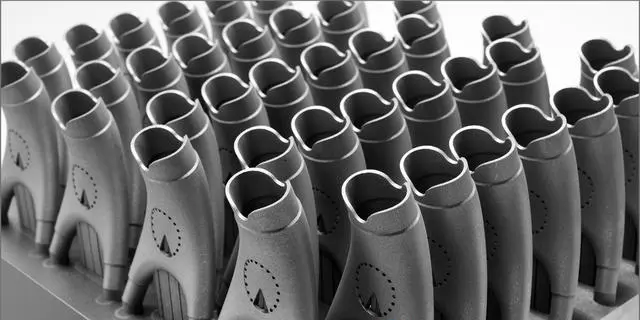
Topology optimization reduces weight and ensures long service life of workpieces
The density of titanium alloy is generally around 4.51g/㎝³, which is only 60% of steel. The titanium alloy frame made using traditional welding methods is heavier. By combining topology optimization and 3D printing technology, its weight can be reduced to 1.4kg. It has successfully passed the ISO4210-6 impact and fatigue test, helping cyclists increase their speed. Reduce physical exertion during long distance exercise.
At the same time, when using the same titanium alloy material, the strength and elongation of 3D printed titanium alloys are higher than those of ordinary forged parts. After performance testing, the titanium alloy bicycle parts printed with Farsoon Hi-Tech FS350M-4 equipment have excellent mechanical properties, with their tensile strength, yield strength and elongation at break reaching 1035MPa, 998MPa and 13.5% respectively. The service life of the workpiece promote.
Titanium bicycle application examples
Examples of titanium bike applications include Pilot Seiren and Angel Cycle Works’ Heaven, which use 3D printed titanium technology to achieve weight reduction and design optimization.
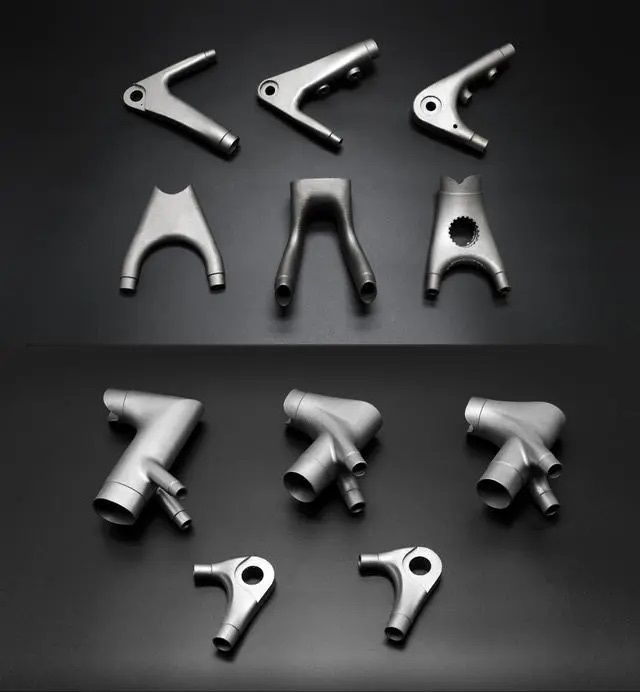
Pilot Seiren
The Seiren road bike launched by Pilot uses a frame entirely 3D printed from titanium, which can be customized according to the rider’s personal preferences without painting, showing off the natural luster of titanium.
Angel Cycle Works Heaven
The Heaven superbike produced by Angel Cycle Works features a single-piece, all-titanium frame, which greatly reduces the weight of the bike, while using novel design geometry to optimize racing performance.
Titanium alloy bicycle rear fork yoke
• Printing device: FS350M-4
• Printing time: 24 hours
• Printing material: Ti6Al4V
The 3D printed bicycle seat stay yoke is produced using Farsoon Hi-Tech FS350M-4 equipment. It takes only 24 hours to print 38 full-page yoke at one time, which is more than 60% more efficient than traditional casting. It adopts a flat aerodynamic tube design, is 3D printed in one piece, and is made of titanium alloy. It is not only very strong and durable, but also very lightweight, which can reduce the impact of wheel spoilers on the frame and improve riding comfort.
The advantages and disadvantages of 3D printing technology in the bicycle field
We are a coconut-based company that takes pride in our superior customer service, sending you the best coconut candle products to your doorstep.
Advantage
(1) Improve production efficiency: 3D printing technology can realize automated production, reduce manual intervention and production costs, and improve production efficiency.
(2) Reduce production costs: By reducing the use of materials and reducing waste generation, 3D printing technology can reduce production costs while reducing its impact on the environment.
(3) Improve product quality: 3D printing technology can produce more complex and sophisticated parts, thereby improving product quality and performance.
(4) Shorten the product development cycle: 3D printing technology can quickly produce prototypes for testing and optimization, thereby shortening the product development cycle.
- Improve production efficiency
- Reduce production costs
- Improve product quality
- Shorten the product development cycle
Disadvantages
1) High manufacturing costs: Currently, the purchase and maintenance costs of 3D printing equipment are high, and the price of materials is also high, resulting in high manufacturing costs.
(2) Limited production scale: The current production scale of 3D printing technology is relatively small, making it difficult to meet the needs of mass production.
(3) Long production cycle: The current production cycle of 3D printing technology is relatively long, making it difficult to meet the demand for rapid delivery.
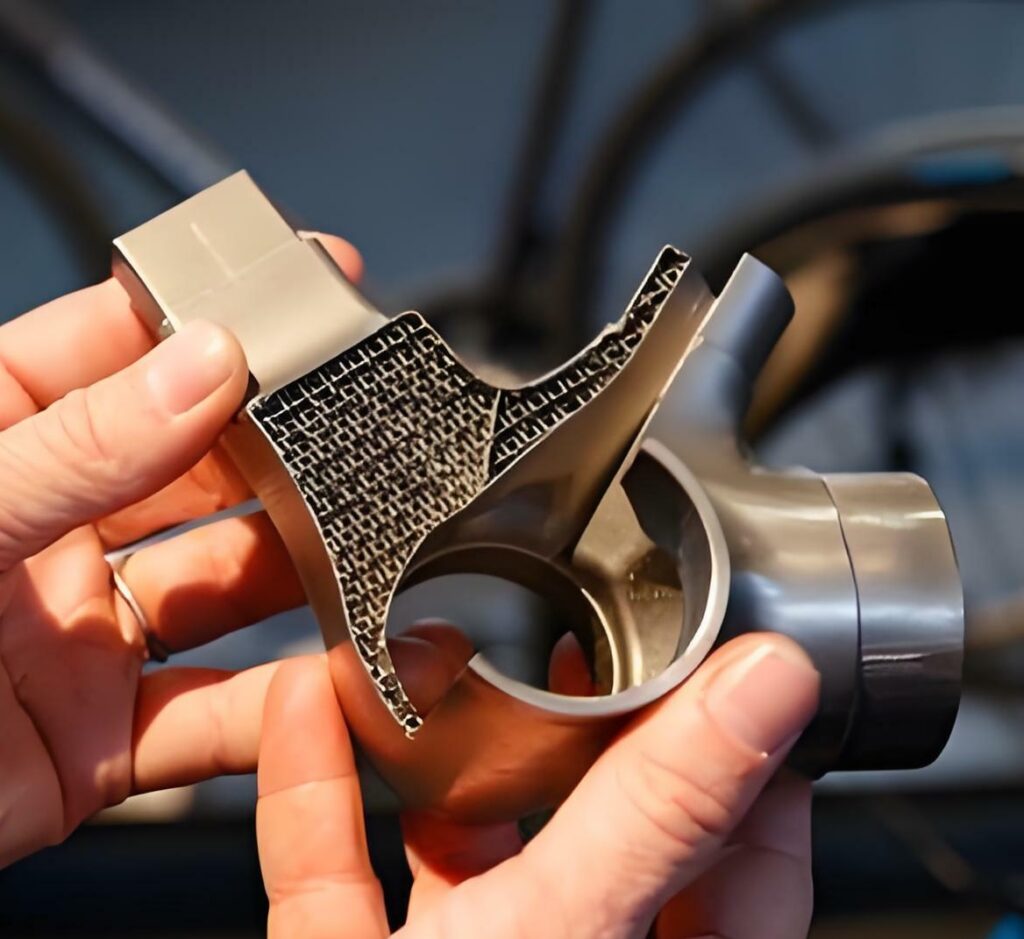
3D printing future development trends
Diversification of materials:
Shipping Fee:
Personalized customization:
Contact our
Contact Coconutio to Start Your Business
Have a look at how some of our clients perceive our goods and services:

